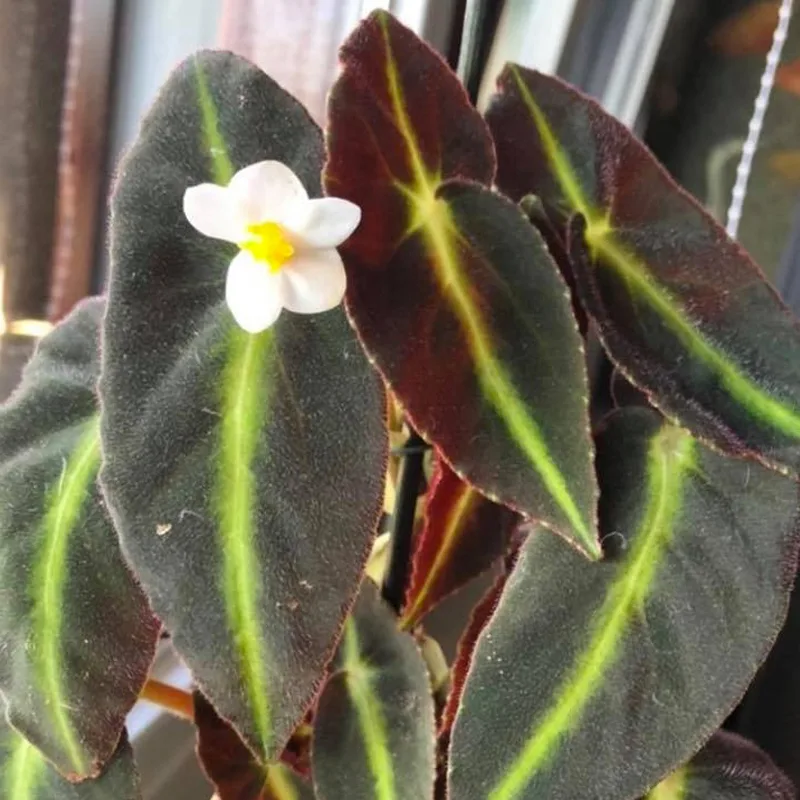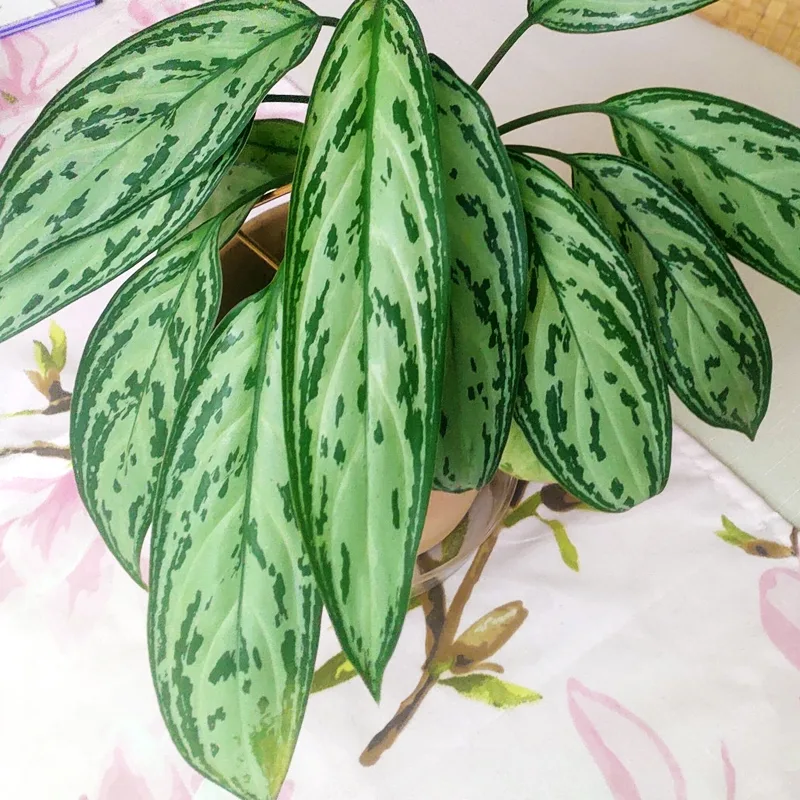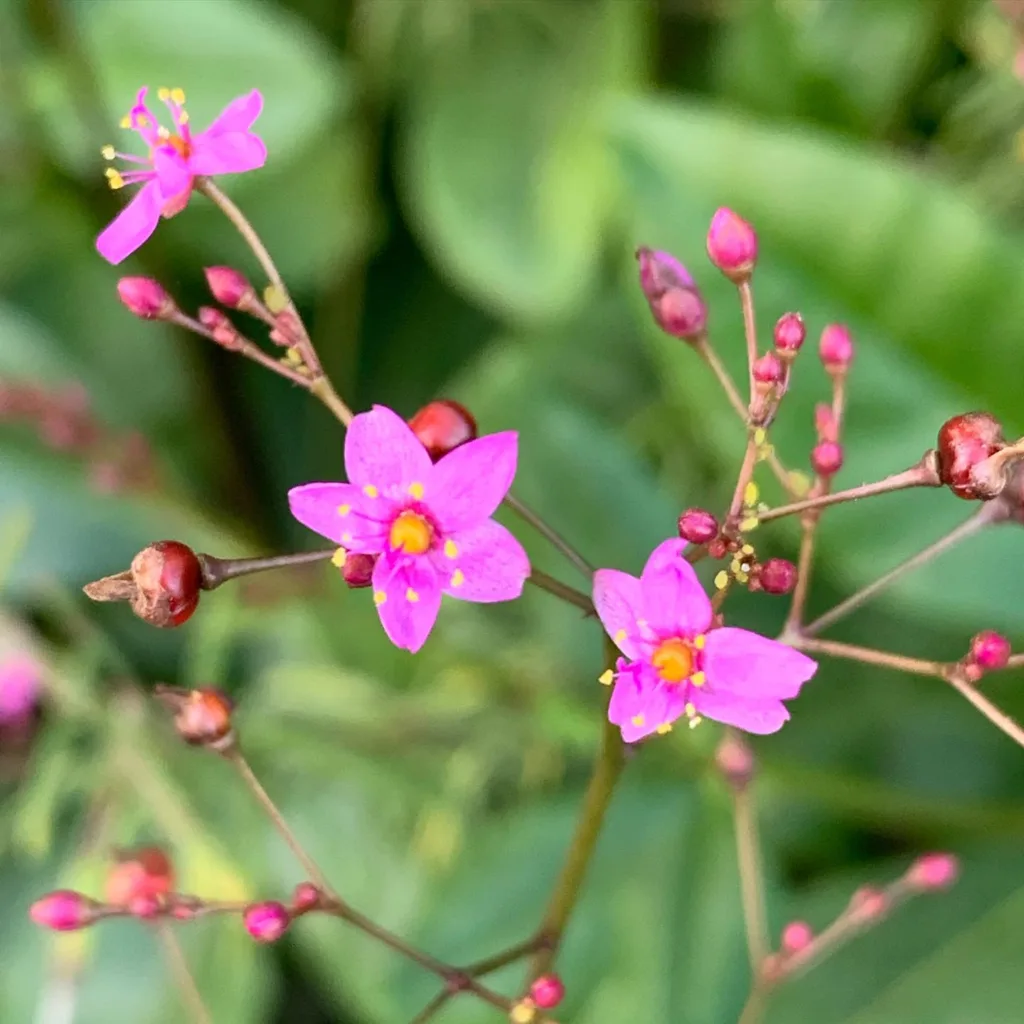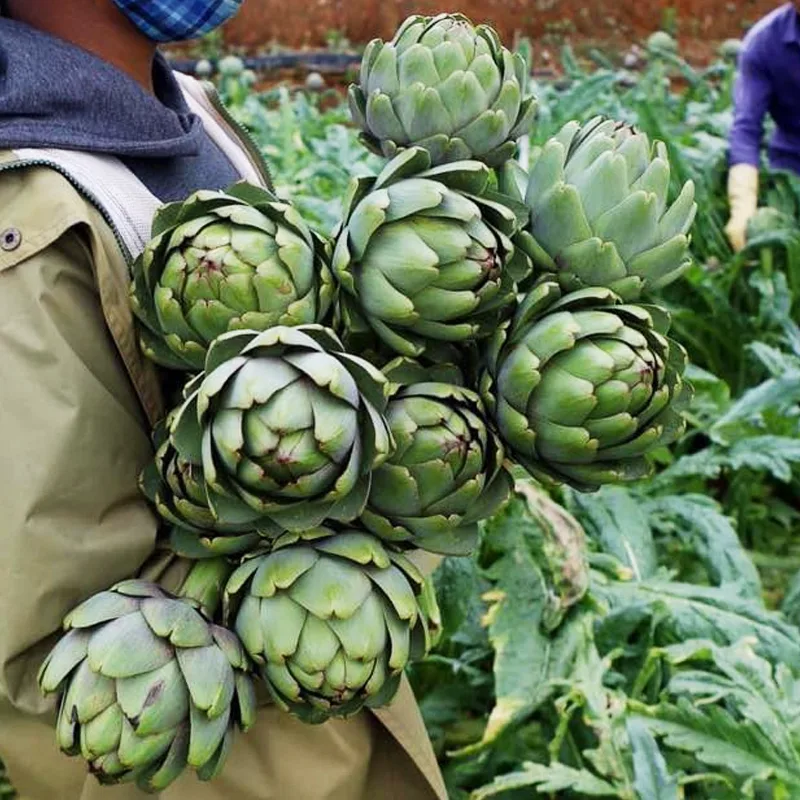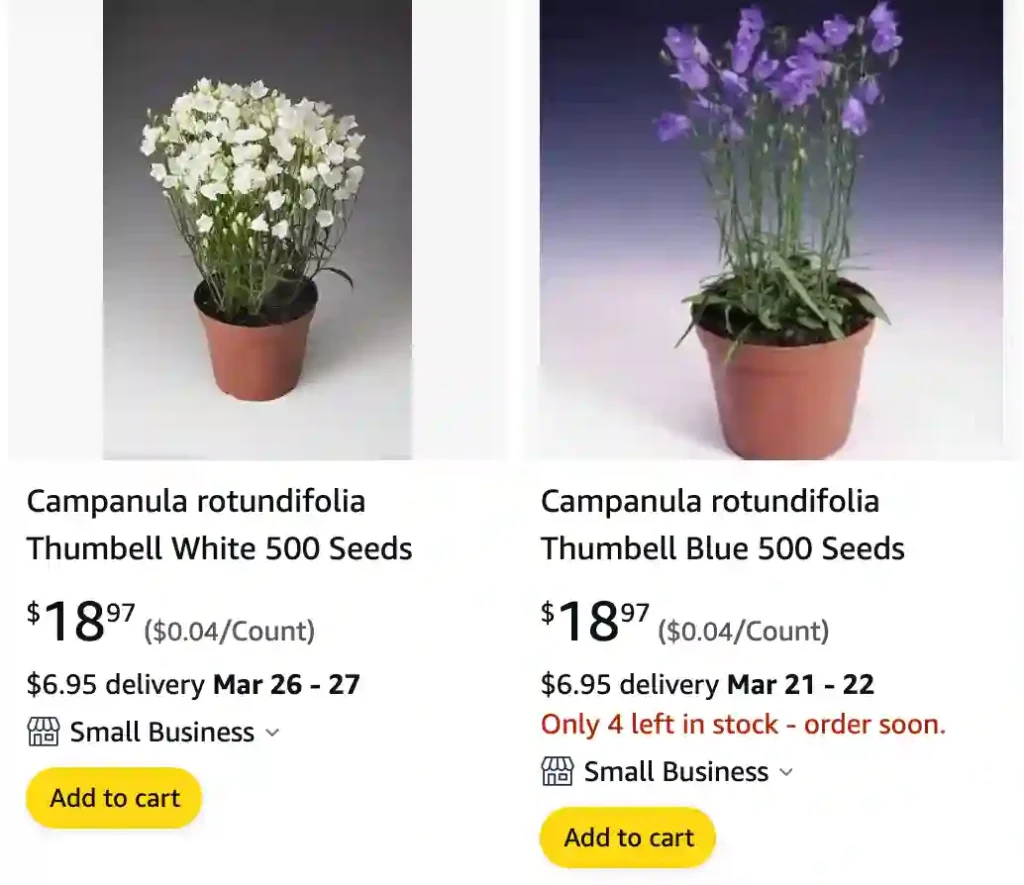
The Delicate Charm of the Harebell
As a gardener with a penchant for the finer things, I’m always drawn to plants that offer a touch of elegance. One such flower that has captured my heart is the Campanula Rotundifolia, more commonly known as the Harebell.
This dainty perennial boasts delicate bell-shaped blooms that dance in the summer breeze. Its charming presence adds a touch of whimsy to any garden, and its ease of care makes it a favorite among flower enthusiasts. In this article, I’ll delve into the world of the Harebell, exploring its characteristics, planting tips, and how to create the perfect environment for this delightful flower to flourish.
459 Species in Genus Campanula – Bellflowers
What is the Campanula Rotundifolia?
The Harebell(Campanula Rotundifolia) is a herbaceous perennial native to Europe and parts of Asia. It’s characterized by slender, upright stems adorned with delicate, heart-shaped leaves. The star of the show, however, are the bell-shaped flowers. These come in various shades of blue, from a soft lavender to a more vibrant cobalt.
The Harebell typically blooms in mid to late summer, and depending on the variety, the flowers can be solitary or clustered along the stems. Their delicate beauty and graceful swaying in the wind have earned them the nickname “fairy bells” in some regions.
How to Grow Campanula rotundifolia?
The Harebell’s delicate appearance shouldn’t fool you; it’s a surprisingly resilient plant. Here’s what you need to know to cultivate these charming blooms in your own garden:
- Sunlight: While Harebells can tolerate some shade, they will flower best in a location receiving at least 6 hours of direct sunlight daily.
- Soil: Well-drained, slightly acidic soil is ideal. If your soil is heavy clay, consider amending it with sand or compost to improve drainage.
- Planting: Harebells can be grown from seeds sown directly outdoors in the fall or started indoors a few weeks before the last frost. For seedlings, choose a pot with good drainage and transplant them outdoors once the danger of frost has passed.
- Watering: Water regularly, especially during the first growing season, but avoid waterlogging. Allow the soil to dry slightly between waterings.
How to care for Harebells?
Once established, Harebells are relatively low-maintenance. However, a few basic care tips will ensure they continue to thrive:
- Deadheading: Regularly remove spent flowers to encourage continued blooming throughout the summer.
- Dividing: Every 3-4 years, you can divide mature Harebell clumps to maintain their vigor and encourage new growth.
- Winter Protection: In colder climates, apply a light layer of mulch around the base of the plant in late fall to protect the roots from harsh winter temperatures.
Companion Planting for Harebells: Creating a Cohesive Garden
Harebells pair beautifully with other low-growing flowering plants, creating a charming and colorful display. Here are some ideas for companion planting:
- Other perennials: Dianthus (pinks), Phlox, and Geranium all share similar light and moisture requirements and offer a range of vibrant colors to complement the Harebells’ delicate blue tones.
- Grasses: Ornamental grasses like Calamagrostis or Stipa tenuissima add a textural contrast and a touch of movement to the garden.
- Bulbs: Early spring bulbs like crocuses or daffodils can add a burst of color before the Harebells take center stage in the summer.
Beyond the Blue: Varieties of Harebells to Explore
While the classic blue Harebell is widely beloved, there are other varieties available to add diversity to your garden:
- Campanula carpatica: This variety boasts slightly larger, cup-shaped flowers in shades of blue or white.
- Campanula portenschlagiana: This Harebell features star-shaped flowers in shades of blue or violet.
- Campanula poscharskyana: This low-growing variety forms a carpet of small, violet-blue flowers, perfect for edging pathways or borders.
With its delicate charm and ease of care, the Harebell (Campanula rotundifolia) is a wonderful addition to any garden. So, if you’re looking for a plant that offers elegance and a touch of whimsy, consider welcoming these delightful fairy bells into your green haven.
If i die, water my plants!
